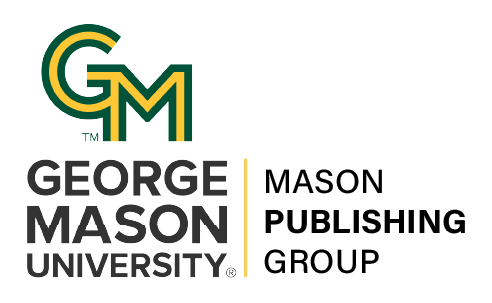Using "Orals" as a Peer-Led Instructional Strategy to Improve Undergraduate Performance
DOI:
https://doi.org/10.13021/G84C79Keywords:
engaged learningAbstract
Learning Assistants (LAs), Faculty, and GTAs will learn how to hold small group oral review sessions in undergraduate Biology courses using five small group strategies. These sessions were designed to help undergraduates prepare for semester examinations. Within a two-hour time frame, orals blend kinesthetic, audial, and visual learning prompts to help students understand biological topics. These strategies are highly adoptable for other STEM courses. The five techniques that will be explored include: (1) student utilization of the whiteboard, (2) LA utilization of the whiteboard, (3) student-to-LA interactions, (4) small group discussion, and (5) student-to-student interactions. (1) Students will use the whiteboard to draw pictorial representations of biological processes while other students provide feedback. (2) LAs will draw out cellular processes (for example, glycolysis and the Calvin cycle) on the whiteboard while students instruct the LA on what to draw. (3) LAs provide a list of guiding questions to students that act as a basis for student and LA discussion. (4) LAs also provide a packet containing key lecture PowerPoint slidesââ¬âthe figures contained in these slides force students to provide the context to slides. (5) Student-to-student pair interactions force students to discuss, draw, or act out biological processes. Importantly, in a cell biology courses, these strategies are associated with underperforming students improving their grades by a full letter grade (D students make C grades), and higher-performing students report the strategies to be highly beneficial.Published
2015-09-19
Issue
Section
1:50pm-2:30pm Mini-Workshops, Panels, & Roundtables




